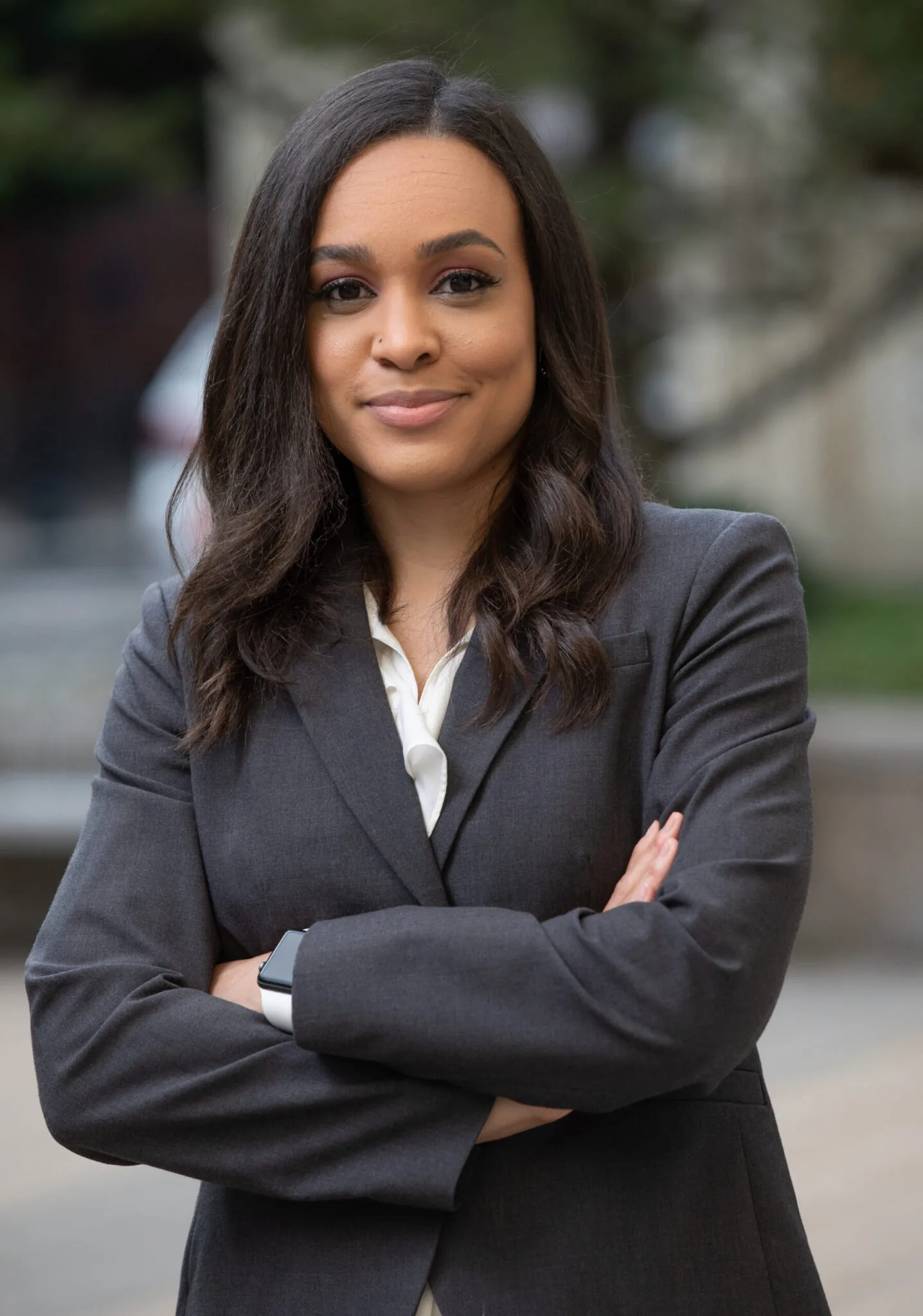The series, which was organized by Amanda Calhoun from the Yale Child Study Center, seeks to share and analyze case narratives relating to different mental health issues for Black youth.
James Steele
Contributing Reporter

Courtesy of Amanda Calhoun
Content warning: This article contains references to suicide.
The National Suicide Prevention Lifeline is a hotline for individuals in crisis or for those looking to help someone else. To speak with a certified listener, call 988.
Crisis Text Line is a texting service for emotional crisis support. To speak with a trained listener, text HELLO to 741741. It is free, available 24/7 and confidential.
To talk with a counselor from Yale Mental Health and Counseling, schedule a session here. On-call counselors are available at any time: call (203) 432-0290. Appointments with Yale College Community Care can be scheduled here.
Students who are interested in taking a medical leave of absence should reach out to their residential college dean.
Additional resources are available in a guide compiled by the Yale College Council here.
On Tuesday, over 300 clinicians, psychiatrists, healthcare workers, social workers and students gathered in person and over Zoom to participate in the first conference of the inaugural Black Youth Mental Health Clinical Case Conference Series.
The clinical case conference series was organized by Amanda Calhoun, a child psychiatry fellow and the chief resident at the Yale Child Study Center. Following introductory remarks concerning the historical and current state of Black youth mental health, Calhoun presented a narrative account of a clinical case, and an expert panel discussed and analyzed the case.
“In October 2021, experts declared child and adolescent mental health a national emergency,” Calhoun said in her opening remarks. “But Black youth have been in crisis for over 20 years and aren’t showing signs of improvement.”
Calhoun explained that the suicide rate for Black youth is rising faster than any other racial or ethnic group. During the pandemic, suicide rates for other racial and ethnic groups stayed the same or declined, while the Black suicide rate was among only three others that increased.
Calhoun described how the mental health field is not equipped to care for Black children. According to Calhoun, suicide prediction algorithms are less effective at predicting suicide in Black populations. Similarly, psychotherapy is less effective for Black youth in areas with high anti-Black sentiment. Further, she argued that when medical researchers study Black youth, they often study those in poverty, excluding Black youth above the poverty line.
For Calhoun, all these factors reveal systemic issues with the medical health system’s ability to treat Black youth with mental illnesses.
“Very rarely, if ever, are clinical cases, clinical case reports or clinical case conferences focused on the poor behavior of the medical team,” Calhoun said.
Calhoun hopes to promote discussions about the medical system and Black youth by organizing six case studies for both medical providers and the general public. Traditionally, clinical case studies that are presented to medical professionals focus solely on issues with the patient and contain only clinical and impersonal language. They also rarely emphasize medical staff mistakes.
According to Calhoun, the Black Youth Mental Health Clinical Case Conference Series contradicts all these rules. At each conference, the presenters will draw attention to medical staffs’ mistakes and any racist actions.
Calhoun also chose to open up the case conference series to anyone. Instead of using clinical language, each presentation is delivered in a narrative style.
“I’m going to start, and this is going to be the same structure across all of our clinical case conferences; I’m going to start with a narrative,” Calhoun said.
Calhoun told the story of Christina, a 13-year-old Black girl. White nurses made racist comments about Christina before she arrived at the hospital. Additionally, some doctors assumed that she had anger management issues, even though they did not make the same assumptions for a white boy of a similar age.
Slowly, Christina began to respond more positively with a Black doctor, who eventually submitted this case for the clinical case conference.
“Christina [was initially diagnosed] as a 13-year-old girl with past psychiatric diagnoses of Oppositional Defiant Disorder and Disruptive Mood Dysregulation Disorder,” Calhoun said.
For Calhoun, Christina’s initial diagnosis was a particularly bad sign of treatment. According to Calhoun, Black youth are disproportionately diagnosed with ODD and DMDD. These diagnoses often carry unfavorable stigmas within the medical community and beyond.
Further, they are difficult to treat with effective medicine. Often, the blanket antipsychotic drugs administered for these diagnoses are not corrective of the underlying issue. Calhoun said she does not diagnose her patients with ODD.
“I think one of the most important things for us to begin with is that our societies learned hundreds of years ago to treat Black people and even Black children differently,” said Carolyn Roberts, an assistant professor of history and African American Studies. “Hundreds of years ago, from the very beginning of encounter, that was the norm.”
Roberts noted that the transatlantic slave trade existed several hundred years before the formation of the United States. According to Roberts, doctors dehumanized Black people during the transatlantic slave trade. Black people were labeled as savages, and Black skin was labeled a kind of leprosy that inhibited the nerves from feeling.
With this history in mind, Roberts argued that Christina’s treatment is nothing new. Black people and children have been mislabeled and dehumanized for centuries.
“I think the one other thing is the impact that this has had on the psychiatrist,” said Terrell Holloway, a chief fellow of the clinical neuroscience research unit at the Connecticut Mental Health Center. “Within this group of people, you have a psychiatrist that is trying to form a relationship with their patients as a means of treating them, while at the same time meeting resistance from their treatment team.”
Calhoun said that she hopes to use this series to present cases that are focused on how to deliver higher-level care to Black youth. She says that clinical cases of Black youth are all often boxed under one category, and fail to capture the diversity of Black culture. She said she aims to use each case to highlight Black diversity.
People can sign up to attend one of the next conferences here.



